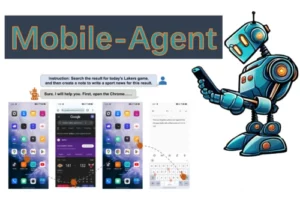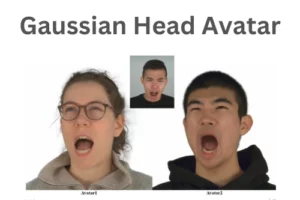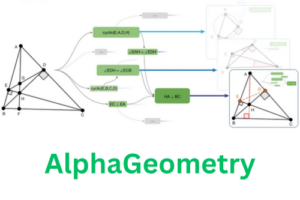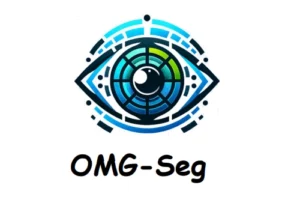DreamGaussian4D: Goodbye to 3D content generative model and Hello to the 4D content creation. A model that transform 2D image into 4D model within minutes instead of hours.
Isn’t it interesting? The researchers from S-Lab, Nanyang Technological University, Shanghai AI Laboratory, Peking University and University of Michigan presented this cut-edging models based on 4D Gaussian Splatting.
The transition from 3 Dimensions (3D) models to 4 Dimensions (4D) model implies by adding the dynamics of time. The time is the only dimension that makes the DreamGaussian4D distinguishing from other 3D models.

DreamGaussian4D is an image-to-video in 4D model that takes image as an input and generate the output in the form of 4D videos.
Why DreamGaussian4D?
DreamGaussian4D creates a 4D model by making a detailed sculpture moving over the span of time. All the previous methods take a lot of time and generate the sculpture with in-consistent movements and users were unable to control the movements. These challenges made the researches to create a model that is flexible, time efficient, having good controllability while depicting fine details of the object.
DreamGaussian4D has reduced the convergence speed from several hours to several minutes. It generates the result in approximately 6.5 minutes with whereas other latest models MAV3D, Animate124, Consistent4D etc take at-least 2.5 hours with at-least 10K iteration which increases the computational cost and resources.

The image displaying above is showing that the input image is given to the DreamGaussian4D and generate the 3D model within 4.5 minutes. The first image is taken at the start of the process, second image in the middle of the process and the last image is the taken at the end of the process which is super efficient.
DreamGaussian4D is a super-fast model that creates the objects moving over time using 4D Gaussian splatting (4D GS). The model takes a simple image and transforms into a 3D moving scenes. The model makes the image learn from the images to control and make 3D motions from different angles in the minimum timespan.
The above added clip is showing a reference image of a cat, panda and a fish along with its generated output in 3D format. Since DreamGaussian4D is time efficient so it take few minutes to generate the desired outcome.
This model provides easy control to the movements of the sculpture just the way a robot is taught to perform certain actions. In DreamGaussian4D, various 3D motions and movements are generated from numerous driving videos from a single input image
DreamGaussian4D turned the images into realistic videos and the generated output look smoother and more detailed. These generated models can be embedded into games or movies. The model can be utilized in the fields of entertainment and music industry, virtual and augmented reality, architecture, education and research. The research is available on Arxiv and the code is available on GitHub.
How DreamGaussian4D works?
The DreamGaussian4D consist of three stages
- Static Generation
- Dynamic Generation
- Mesh Refinement
Static generation creates the base of animation. An input is passed through the DreamGaussian to create its 3D mesh. The dynamic generation brings those 3D images to life. At this stage, the image is turned into videos showing that the 3D mesh are changing shapes with the passage of time in a smooth and consistent manner. Now the 3D mesh is further refined in the stage of mesh refinement and turn this mesh into a series of animated models to make sure that the color, pattern and texture looked polish and refined.
Wrap Up!
From extensive experimentation and comparisons it is concluded that the DreamGaussian4D has reduced the optimization time due to advancement and improvements in the techniques taking few minutes to generate the required results. This model makes the image-to-video in 4D process faster without compromising on the quality
References
Similar Posts
-
Chinese Company DeepSeek Releases DeepSeek-Coder a LLM for Code Generation

-
Alibaba’s Mobile-Agent: A Smart Mobile Assistant

-
Grounded SAM: A Unified Model for Diverse Visual Tasks

-
Gaussian Head Avatar: High Quality Head Avatar Generator

-
Google DeepMind’s AlphaGeometry: Without Assistance Solving Olympiad Geometry Problems

-
OMG-Seg: A Unified Segmentation Model

